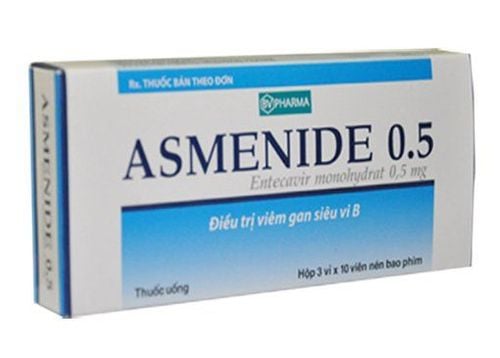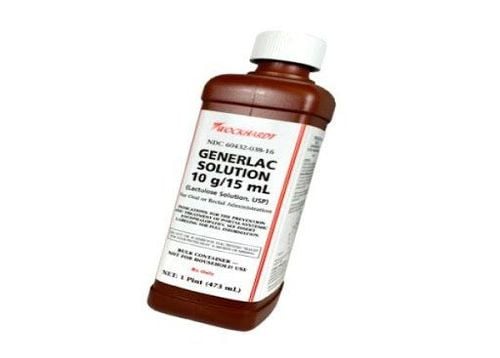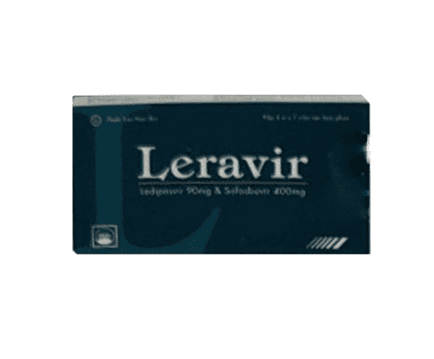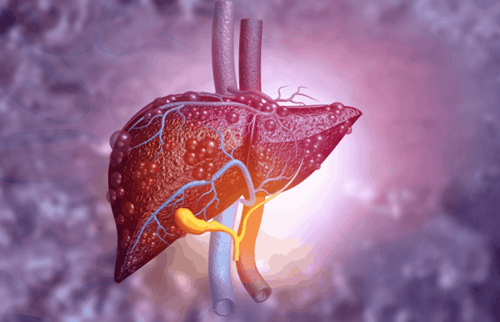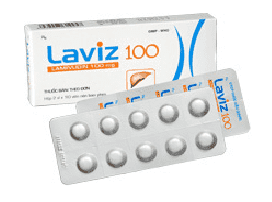This is an automatically translated article.
The article was consulted professionally with MSc Vu Tan Phuc - Department of Medical Examination & Internal Medicine, Vinmec Phu Quoc International General Hospital.Cirrhosis is the final development of hepatobiliary diseases, the disease progresses through two stages: compensated cirrhosis and decompensated cirrhosis. Patients with decompensated cirrhosis face many unpleasant symptoms, so care for patients with decompensated cirrhosis needs to be very attentive, especially nutrition for patients with decompensated cirrhosis.
1. Some facts about decompensated cirrhosis
Cirrhosis is a common disease of the liver when liver function declines because normal cells are replaced by fibrous, non-functional tissues. Cirrhosis manifests outwardly by symptoms such as fatigue, weight gain, generalized edema or abdominal distention due to peritoneal effusion (also known as ascites).Patients with cirrhosis present with many different symptoms, depending on the location and condition of the patient, the stage of decompensated cirrhosis comes sooner or later. When it is in the decompensated stage, it means that the body's compensatory mechanisms for the decline in liver function are not responding, the patient's condition is significantly reduced, and the ability to work is severely reduced.
Edema is the most common symptom, the location of edema is usually in the 2 lower extremities with soft edema, pressing to leave an indentation, about 1-2 minutes after the indentation disappears and no pain is felt. The cause of edema in decompensated cirrhosis is mainly due to the reduced ability of the liver to synthesize proteins, reducing the intravascular oncotic pressure and causing fluid loss to the surrounding tissues.
In addition to peripheral edema, the patient also has peritoneal effusion (caused also by hypoproteinemia), the patient's abdomen is enlarged, ascites and is often called with the concept of ascites.
Accompanying the phenomenon of ascites is the abdominal blood vessels on the side of the nucleus that are more prominent, exposed on the skin surface, zigzag. This is called collateral circulation due to portal hypertension caused by cirrhosis.
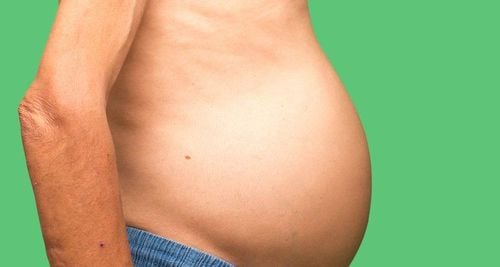
2. Caring for patients with decompensated cirrhosis
Elevate the legs (higher than the heart) when the patient is lying down to allow the edema fluid to return to the heart, reduce limb edema and reduce patient discomfort. Dietary salt restriction (sodium): The more salty the diet, the more water accumulates in the patient's body, the more severe the edema and ascites, causing difficulty breathing for the patient. Add foods rich in potassium such as oranges, bananas, grapefruits... because during treatment, patients are often used diuretics that cause potassium loss to reduce edema. Therefore, it is necessary to replenish the potassium loss caused by diuretics. Monitor weight regularly to control weight gain in patients with decompensated cirrhosis. Maintain personal hygiene, avoid infections because the body's immune system in cirrhosis patients is already very weak, at high risk of being susceptible to infectious diseases and making the disease worse. Diverse nutritional menu to supplement nutrients, divide meals into several times a day, each meal less to avoid liver overload.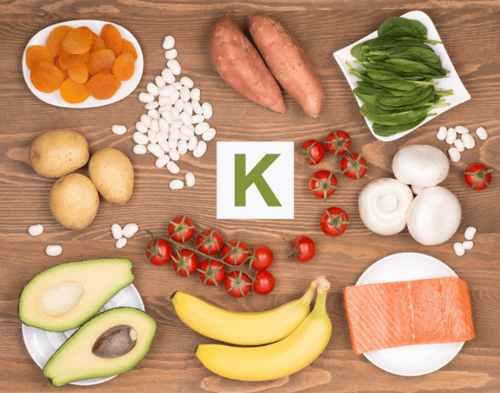
3. Diet for patients with decompensated cirrhosis
In the stage of decompensated cirrhosis, patients often experience more fatigue, poor appetite, poor digestion due to severely reduced liver function. At that time, patients often lack energy for the body to function and become more tired and sluggish. Therefore, the nutritional regimen when caring for patients with decompensated cirrhosis should be reasonable, supplementing with deficient substances and limiting unnecessary substances to help patients improve their health.Severe complication of cirrhosis in the decompensated stage is hepatic coma. The main mechanism is due to increased protein in the diet, so patients need to limit foods high in protein. Be wary of constipation in patients with decompensated cirrhosis because it can have serious consequences with encephalo-hepatic syndrome.
Mechanism of hepatic coma and brain-hepatic syndrome is excess protein or not fully absorbed when reaching the colon, under the influence of intestinal bacteria producing more NH3, elevated NH3 concentration will enter blood and to the brain causing poisoning.

4. Note when supplementing nutrition for patients with decompensated cirrhosis
The diet reduces the amount of normal protein, increases the protein the body can not synthesize (the type of protein with branched chain amino acids). Patients should use proteins with high biological value, precious and low-fat proteins such as lean pork, lean chicken, lean fish, eggs, skimmed milk powder and especially beans and bean products. . Low salt, increased potassium diet. Limit constipation by increasing fiber in your diet. Fiber is found in many fruits and vegetables. The basic requirement is that the patient should have a bowel movement 2-3 times a day. When necessary, use additional laxatives. Eating a lot of green vegetables and fruits also adds potassium to the patient. Limit animal fat, do not eat fried foods with a lot of fat. Replace the amount of animal fat with vegetable oils, butter. Be careful not to cook at too high a temperature for a long time. Patients need to ensure that they drink between 1 and 1.2 liters of water per day. Besides, it is recommended to use drinks and foods with beneficial properties of bile, liver laxatives such as: green tea leaves, black pot leaves, bare cores, artichokes ... Absolutely do not drink alcohol, tobacco, stimulants. potentially toxic to the liver. Proper nutrition, following the above special notes, helps patients eat better, replenish body energy, and play an important role in improving liver cirrhosis as well as preventing complications. symptoms of decompensated cirrhosis.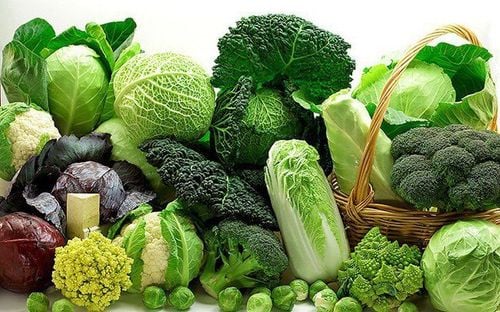
Please dial HOTLINE for more information or register for an appointment HERE. Download MyVinmec app to make appointments faster and to manage your bookings easily.





